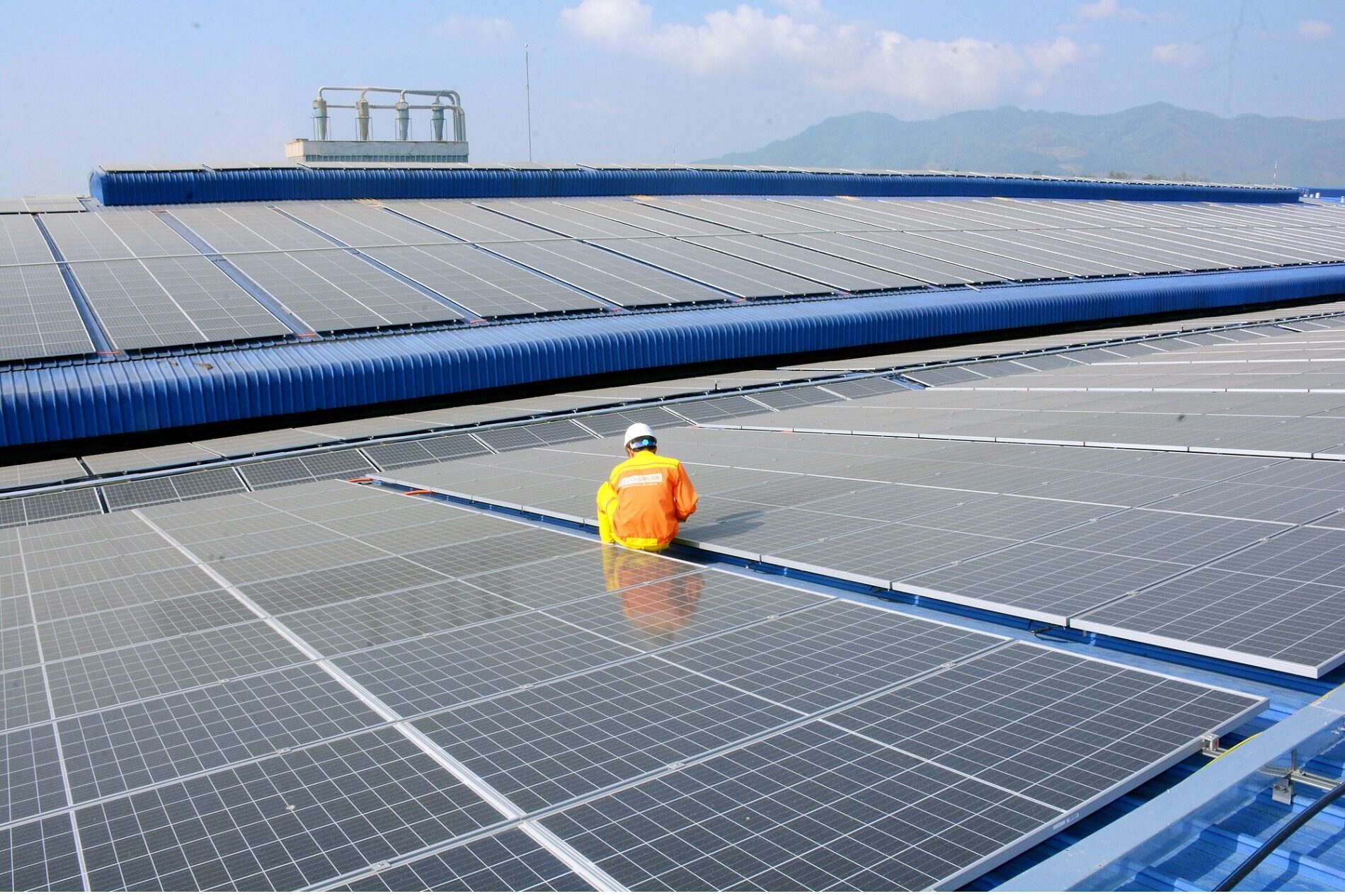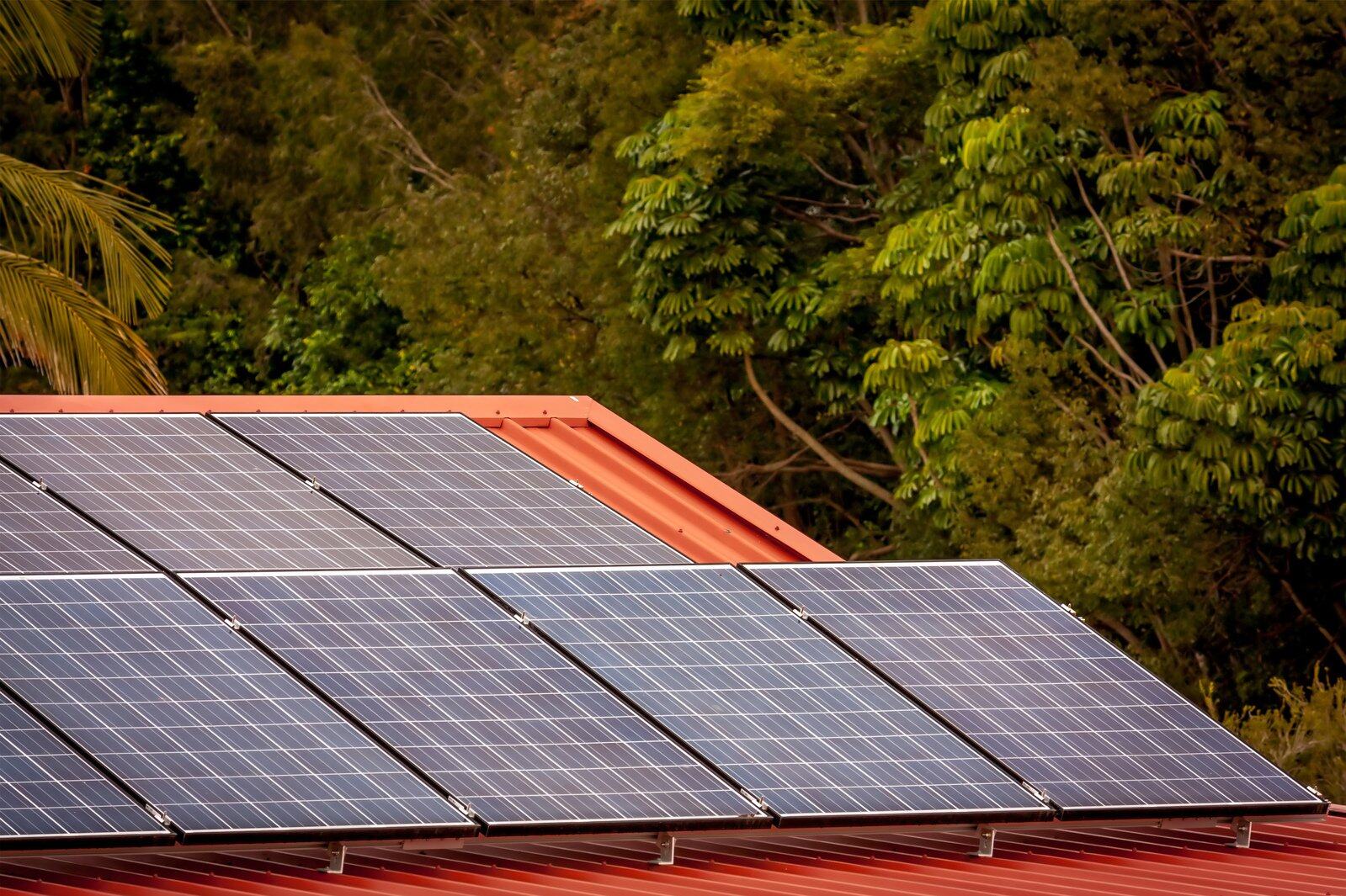- The electricity will be sold to commercial and household users within a radius of 5 kilometers
- Homeowners are expected to get a return on their investment after six years

Recently, Malaysia's Ministry of Energy Transition and Water Resources Transition (PETRA) has officially launched the country's first rooftop solar system aggregation plan - the Community Renewable Energy Aggregation Mechanism (CREAM) plan, marking a crucial step taken by Malaysia in the development of renewable energy and opening a new chapter in the integration of energy resources at the community level.
The CREAM plan is another important initiative following the Corporate Renewable Energy Supply Scheme (CRESS) implemented in September 2024. The CRESS plan has broken the traditional electricity purchase model, allowing enterprises to directly purchase green electricity from renewable energy developers through the national power grid, providing strong support for the green transformation of enterprises. The newly launched CREAM plan focuses on the community, further tapping the potential of distributed renewable energy.
In terms of the specific operation mode, the CREAM plan has innovatively established a cooperation bridge between homeowners and third parties. Homeowners can lease their rooftop space to third parties, which will be responsible for developing the solar power generation system. The generated electricity will be sold to commercial and household users within a radius of 5 kilometers, and the electricity transmission needs to be completed through the distribution network of Tenaga Nasional Berhad (TNB), Malaysia's national energy company. This localized electricity supply mode not only shortens the electricity transmission distance and reduces transmission losses but also accurately meets the electricity demand of surrounding users and improves energy utilization efficiency.

The implementation of this plan cannot be separated from the active participation of the "Local Energy Production and Aggregator" (LEGA). LEGA plays a core role in it. It is not only responsible for developing solar systems on the rooftops of aggregated residential properties, overseeing the entire process from project planning, equipment installation to system commissioning, but also properly managing all rooftop lease agreements signed with homeowners to safeguard the rights and interests of all parties and ensure the smooth progress of the project.
In order to address the intermittency issue of solar power generation and ensure the stable operation of the power grid, TNB will assume the heavy responsibility of implementing localized balance solutions. Through advanced technical means and scientific management strategies, TNB will monitor and regulate the electricity supply in real time, minimizing the interference caused by the fluctuations of solar power generation to the power grid and providing users with stable and reliable electricity services.
The introduction of the CREAM plan is an important practice for Malaysia to promote energy transition and achieve sustainable development goals. It has not only revitalized the scattered rooftop resources and promoted the popularization and application of renewable energy but also, through the aggregation of energy at the community level, stimulated the public's enthusiasm for participating in the energy transition, laying a solid foundation for Malaysia to build a cleaner, more efficient and stable energy system. (This article is from the official website of Seetao.com, www.seetao.com. It is prohibited to reprint without permission. Otherwise, legal liability will be pursued. If reprinting, please indicate Seetao.com + the original text link.) Strategic Column Editor of Seetao.com / Yin Shiqian
Comment
 Praise
Praise
 Collect
Collect
 Comment
Comment
 Search
Search














Write something~